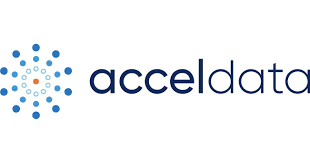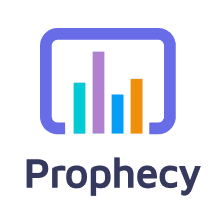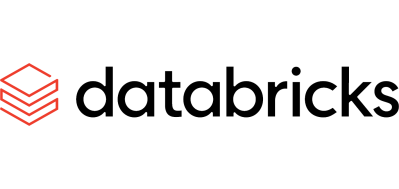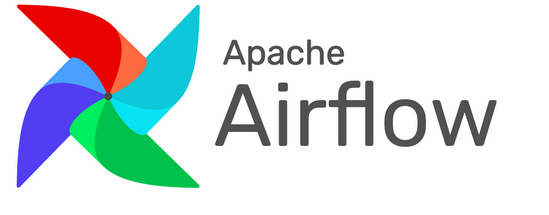Acceldata

Acceldata provides a Slack-integrated tool that provides a number of quality-of-life benefits for both engineers and executives alike. Engineers get predictive charts that show the influx or decrease of customer interaction so that they might begin taking corrective measures well in advance. Visual pipeline charts give details regarding inputs and outputs with visual indications as to when the data pipeline is suffering congestion with full diagnostics details to better find points that require optimization. Executives get a much more comprehensive view using Acceldata’s toolset from dashboards practically littered with various charts and graphs. Executive users gain the help of an alert system that can inform them as to when the business isn’t working as optimally as it could with detailed steps to refine operations. For potentially interested customers, Acceldata does offer a demo to use.
Prophecy

Prophecy aims to streamline the development of pipelines with a low-code UI that makes the construction of data pipelines faster and easier to understand. The UI can toggle back and forth between lines of code and visual placeholders that can be rearranged, taken apart, and snapped together as building blocks. These workflows can then be easily pushed to production with testing and CI/CD. Once the application is active, there are monitoring tools available in order to assure the application functions as intended.
Fivetran

As additional sources of data continue to crop up, Fivetran helps companies by automating the process of centralizing data so teams can deliver sooner. Fivetran’s platform is a pipeline service that directs APIs to databases while analyzing the data it transfers and organizes accordingly based on user preference. The application constantly keeps up to date with API changes and has a nearly 100% uptime. Data transferred has a collection of options for security and governance, but if users have any further questions or difficulties arise, Fivetran provides 24/7 support and guidance from teams globally.
Data Lakehouse

Simple, open source, and multi-cloud, Databricks’ Lakehouse unifies the best features of data lakes and data warehouses into a single platform. Capable of taking in data whether structured or not, it’s fast, secure enough to share, and automated. Using Databricks SQL, Lakehouse has a 12x better price performance than most traditional data warehouses and can provide insights to data faster. The data pipelines Lakehouse has also increased the speeds at which the machine learning cycle occurs from conceptualization to deployment. Better, all data gathered is kept under a single security and governance model, letting users share with no lock-in and distribute products in an open marketplace.
Confluent

HashiCorp’s Terraform is an open-source cloud infrastructure automation tool that is always free and has more than enough tutorials to help guide users through how to apply it to any situation. It codifies APIs into configuration files and allows for infrastructure compiling while utilizing any number of components from any number of infrastructure providers. From integrating into existing workflows to managing Kubernetes, enforcing policies, managing virtual machines, and launching multi-cloud, Terraform is plenty flexible in how it can be applied. Credentials and secrets can also be automatically established and permission scopes can be altered without having direct access to those secrets.
Airflow

Apache Airflow is an open-source community-managed platform for authoring, scheduling, and monitoring workflows. It’s scalable and modular, pipelines are dynamically generated, libraries are easy to extend, and the platform is overall elegant. Python is the standard language and can be used to format task loops on scheduled times. The platform is also incredibly easy to use with a solid UI and the ability to plug and play seamlessly with third-party services and applications. On the topic of integrations, there are several applications in Apache’s, Google’s, and Amazon’s catalogs that are compatible with Airflow. Because it is open-source, it isn’t difficult to get help or open a conversation about making improvements to the platform.
